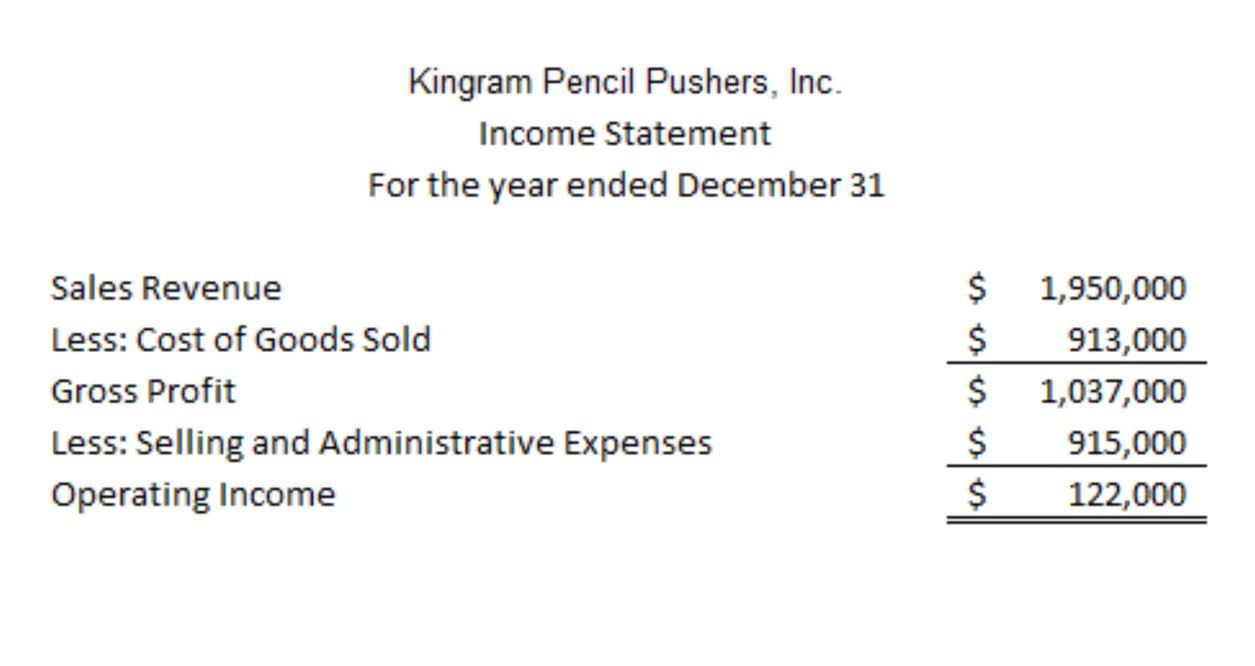
To show the initial recording of notes receivable, assume that on 1 July, the Fenton Company accepts a $2,000, 12%, 4-month note receivable from the Zoe Company in settlement of an open account receivable. There are several elements of promissory notes that are important to a full understanding of accounting for these notes. These are the note’s principal, maturity date, duration, interest rate, and maturity value. It’s an asset because it has value, and it’s a current asset because it’s expected to be collected within the next 12 months.

What are Notes Receivables?
Late payments or non-payments from customers can cause cash flow problems and lead to difficulty obtaining loans and courting investors. (b)”Four months after date, I promise to pay…” When the notes receivable vs accounts receivable maturity is expressed in months, the note matures on the same date in the month of maturity. For example, one month from July 18 is August 18, and two months from July 18 is September 18.

Disadvantages of Notes Receivables
This content is for information purposes only and should not be considered legal, accounting, or tax advice, or a substitute for obtaining such advice specific to your business. No assurance is given that the information is comprehensive in its coverage or that it is suitable in dealing with a customer’s particular situation. Intuit Inc. does not have any responsibility for updating or revising any information presented herein. Accordingly, the information provided should not be relied upon as a substitute for independent research. Intuit Inc. does not warrant that the material contained herein will continue to be accurate nor that it is completely free of errors when published. Promissory Note is the legal written document that states clearly the name of the payee, issuer, principal amount, interest, and date of payment.
- Intuit Inc. does not have any responsibility for updating or revising any information presented herein.
- AR are listed on the balance sheet as current assets and also refer to invoices that clients owe for items or work performed for them on credit.
- BWW issued Sea Ferries anote in the amount of $100,000 on January 1, 2018, with a maturitydate of six months, at a 10% annual interest rate.
- BWW has a customer, Waterways Corporation, that tends to have larger purchases that require an extended payment period.
- In this example, interest is based on the fact that the note has been outstanding for 62 days.
- Notes receivable is the promissory note which the company owns and expect to collect in the future base on term and condition.
Notes Receivable vs Notes Payable

When a note receivable originates from an overdue receivable, the payment tends to be relatively short – typically less than one year. The differences between accounts receivable and notes receivable relate to formality, duration and interest. Accounts receivable are informal, short-term and non-interest-bearing amounts owed by a customer. Notes receivable have the backing of a promissory note, bear interest and have longer terms, sometimes exceeding a full business cycle.
- Before deciding whether or not to hire a collector, contact the customer and give them one last chance to make their payment.
- To create this report, you’ll group your accounts receivable balances by the age of each invoice.
- It is possible to combine the previous two entries by debiting Notes Receivable and crediting Sales.
- Otherwise, if the collection extends beyond one year, it is categorized as a non-current asset.
- Receivable entries are beneficial to businesses and their clients because they allow businesses to maintain a steady supply of products.
- Thus, a company may have notes receivable or notes payable arising from transactions with customers, suppliers, banks, or individuals.
If a note is issued on the last day of a month and the month of maturity has fewer days than the month of issuance, the note matures on the last day of the month of maturity. Other receivables, which have features similar to trade receivables, are recorded under current assets on the balance sheet. Current assets are those that are estimated to be converted to cash in the coming year. The April 6 transaction removes the accounts receivable from your balance sheet and records the cash payment.
How are accounts receivable classified and where do I find my AR balance?
Interest revenue from year one had already been recorded in 2018, but the interest revenue from 2019 is not recorded until the end of the note term. Thus, Interest Revenue is increasing (credit) by $200, the remaining revenue earned but not yet recognized. Interest Receivable decreasing (credit) reflects the 2018 interest owed from the customer that is paid to the company at the end of 2019. The second possibility is one entry recognizing principal and interest collection. These notes find representation on the balance sheet, reflecting the monetary value of promissory notes owed to a business, anticipating future payments. For example, if a business wants to borrow $7,000, Square might charge a total of $7,910 for the loan.
Component of Note Receivable
At this point, the note should be transferred to an open account receivable. Accounts Receivable is debited for the full maturity value, including the principal and unpaid interest. This is because not all the sales made to a particular customer are recorded in the customer’s subsidiary accounts receivable https://www.bookstime.com/ ledger. If the note extends beyond one period, interest is recorded at the maturity date or at the end of the accounting period using an adjusting entry. A good accounting system with tools for managing invoice accounts receivable can help you get paid faster, so you can focus on running your business.














